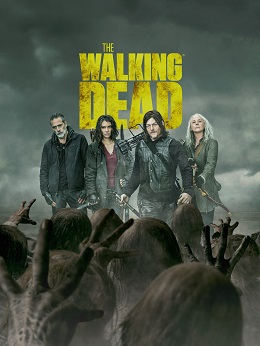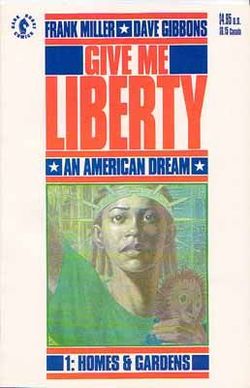Could There Really Be another Civil War?

Recently we watched the new movie Civil War, written and directed by Alex Garland, and distributed in the United States by A24. It’s about a near future civil war in this country, and I had been wanting to watch it since I heard about it. I like Alex Garland’s work a lot, both his writing (for example Sunshine) and directing (for example Annihilation). I was also drawn to the subject matter, as I am very interested in history, and history is full of civil wars.
We even had one here in the United States once, in case you didn’t know. It’s both fascinating and appalling to think that we could have a second one. I admit I’ve given the idea some thought, and even have a set of pages up on my old Web 1.0 site where I consider different scenarios, based on pop culture depictions or on sociopolitical theories: USA Breakup Scenarios.
The movie Civil War doesn’t go into much backstory of how the war starts or its exact outlines. We know that there are secessionists who oppose the sitting President, who apparently has made a power grab and overreached. He only appears briefly in two different scenes and seems to be modeled after a certain unpopular recent President. The primary opposition is the Western Forces, which include Texas and California, and has enough resources to muster a formidable army.

The story follows a group of journalists, so you only pick up on all this background gradually, as you travel with them on the wartime East coast. They encounter various militias and armed groups and it’s often not clear who is on what side, or exactly what is going on. The cinematography is amazing, and the mood varies from eerily apprehensive to terrifyingly tense to action-packed war violence.
The film isn’t a political thriller or a historical film; it’s about photojournalism during war – about that experience on the ground. As such, it reminded me of the comic series DMZ, set in Manhattan during another version of a Second American Civil War. The city has become a demilitarized zone, and the comics follow a reporter who ends up stranded there. It’s a dangerous place, with the people living there being the ones who were either too poor or too stubborn to evacuate. Again, while the war is there as a backdrop, the story is about the people living through it.
Both of these stories – the movie Civil War and the comic seres DMZ – invite their audience to consider what it would be like for Americans to experience the political collapse and devastating warfare that they have become used to seeing happen only in far away places, such as Iraq, Syria, Ukraine…the list goes on. There’s almost a feeling of schadenfreude coming from these storytellers, like they want to give Americans a taste of what their hubris and lack of foresight has done for people in other countries. Yeah, it could happen to you, too.
After watching Civil War, I added a page for it on my Web 1.0 site, as well as one for The Handmaid’s Tale, which in its own way depicts a civil war, or at least an insurrection. We’ve had decades now of speculative fiction about the U.S.A. breaking up. But how likely is that to happen?
According to current public sentiment, there’s a pretty good chance. The problem is having such a strong partisan split, where each side in the red zone-blue zone conflict simply can’t accept the other side’s perspective. Or the legitimacy of the other side’s leaders. If that’s the case, what choice is there besides war?
Is it possible that by speculating so much about civil war, we are in danger of bringing it about? A self-fulfilling prophecy, as it were. I may be guilty of this myself, what with my web site and all. Just to make the record clear, I do not believe that would be a desirable outcome. It would be an absolute horror. As these fictional accounts make clear.
I will also add that in the generational turnings theory of which I am advocate, we are currently in a Fourth Turning, or Crisis Era. This is an era of political upheaval which in retrospective are seen as “founding moments” in which America passes through the “gates of history.” The American Civil War was such an era. Does a Fourth Turning mean there has to be a civil war? No. But if there were to be one, it would likely be in a Crisis Era.
I hope we can find another way out of our partisan quandary. Having support for the two major parties split evenly between voters, leading to narrow margins in every election, is a huge problem. Only by overcoming it, one way or another, can we pass through the gates of history.


